
Nanoscale Super-Sponges Boost Boiling (Gallery)
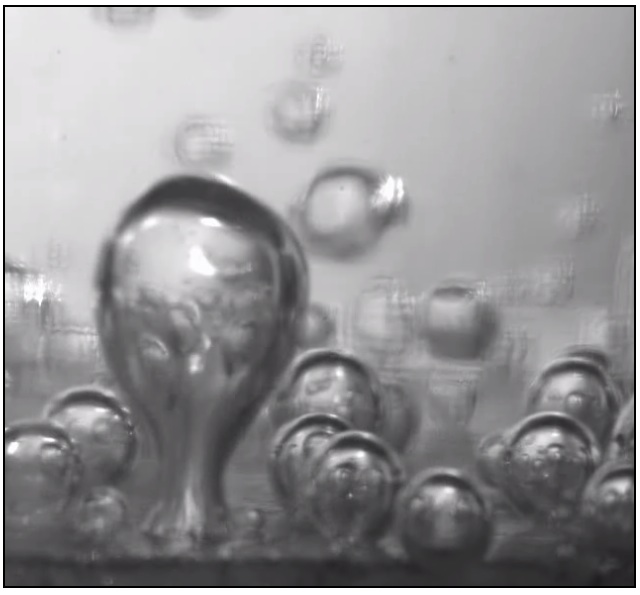
Drexel University contributed these images to Live Science's Expert Voices: Op-Ed & Insights.
Using viruses that once plagued the U.S. tobacco crop, mechanical engineers at Drexel University have created molecular scaffolds to grow sophisticated nanosponges. For more on the research, see the video feature "Virus-Crafted Metal Nano-Sponges Boost Boiling," and for more images of the sponges, see the gallery that follows. (Images credit: Drexel University.)
Infected
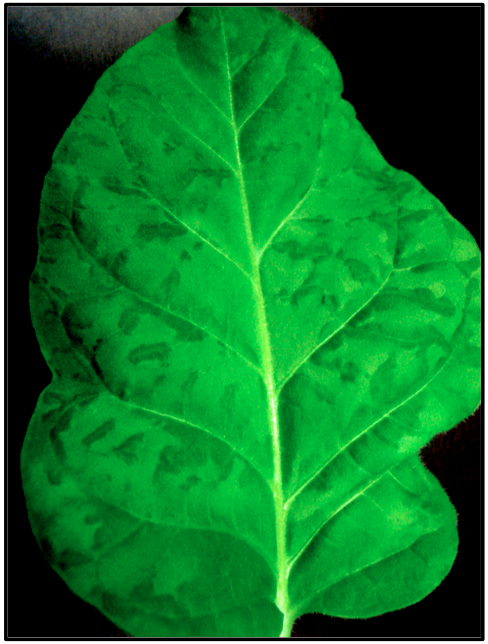
A tobacco leaf infected with the tobacco mosaic virus showing the characteristic mosaic pattern.
Nanocoatings
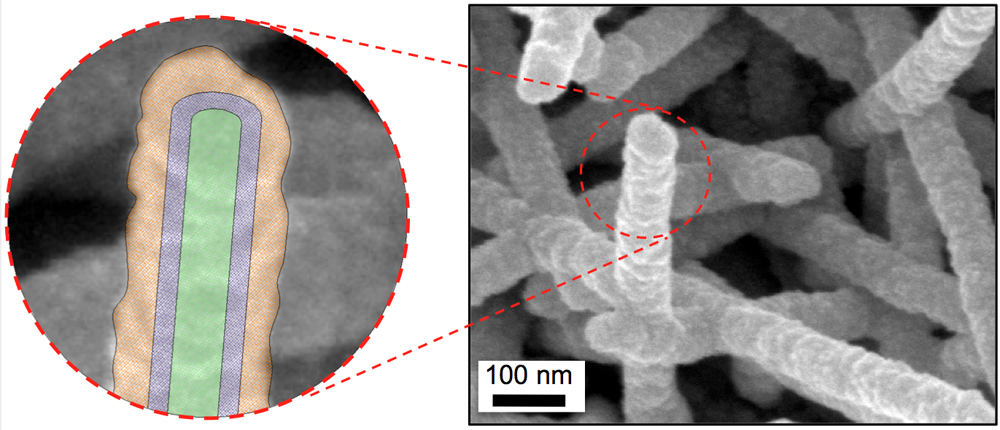
Scanning electron microscope image of virus-templated nanocoatings on a stainless steel substrate, where the underlying stainless steel is intentionally exposed for contrast.
Healthy
Sign up for the Live Science daily newsletter now
Get the world’s most fascinating discoveries delivered straight to your inbox.
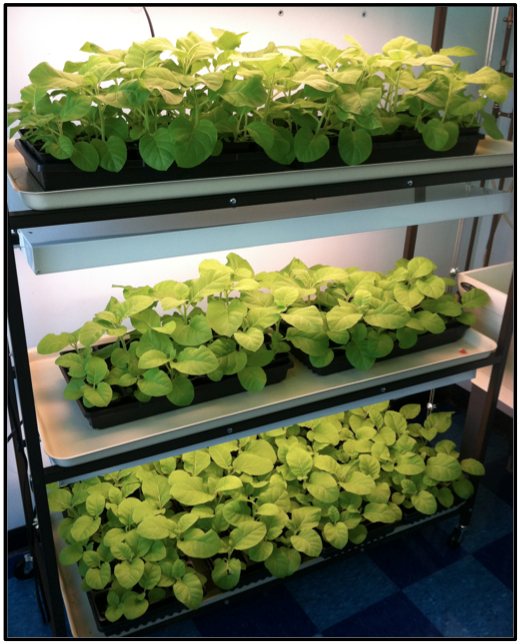
Healthy tobacco plants growing in the Drexel Multiscale Thermofluidics Lab.
Mosaic virus
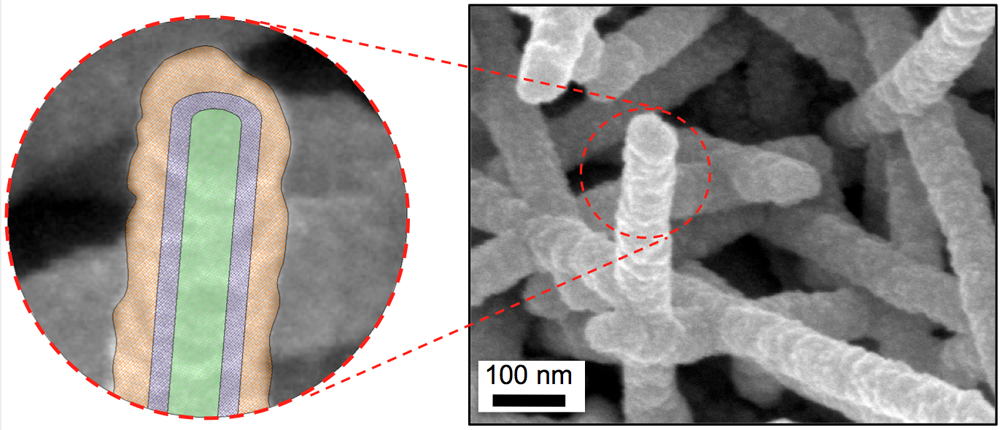
Scanning electron microscope image of virus-templated nanostructures (right), including a schematic of the core shell structure (left) where the tobacco mosaic virus is shown in green, palladium in purple, and the nickel shell in orange.
1 micrometer
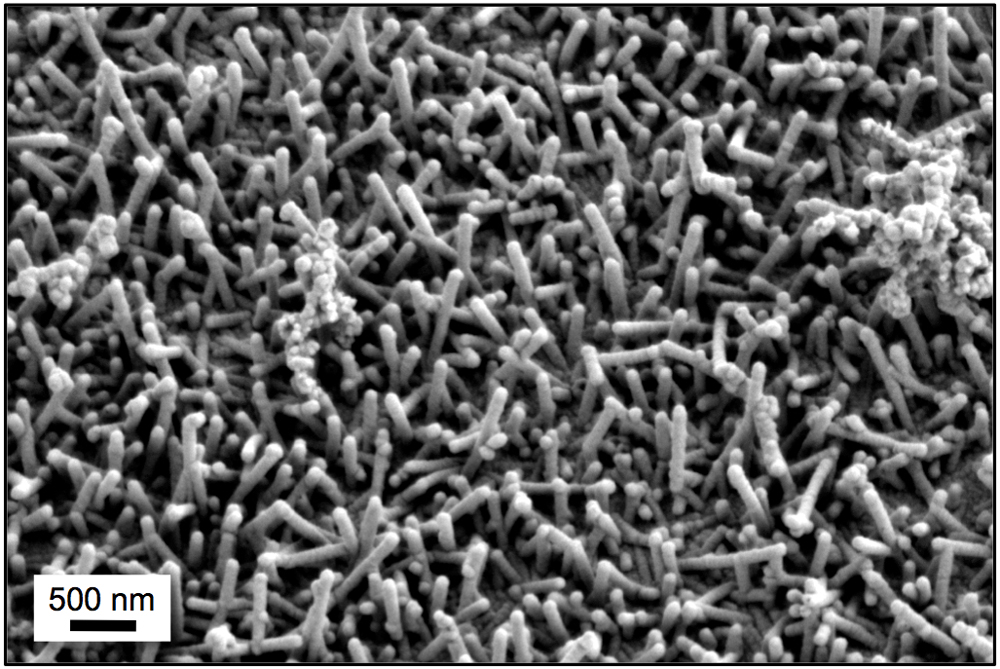
Scanning electron microscope image of 1-micrometer-thick virus-templated nanocoatings on a silicon substrate.
Fast and hot

High-speed imaging of nucleate boiling on a surface treated with Drexel University's virus-templated nanocoating.
A tiny hierarchy
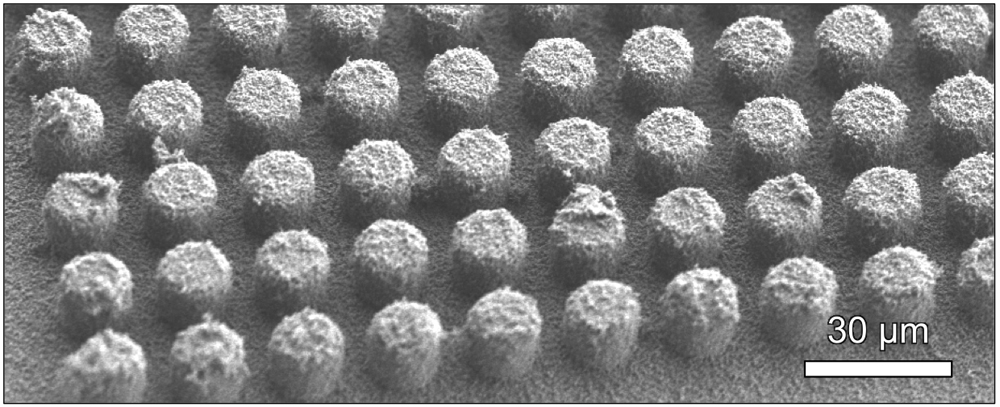
Hierarchical structures comprised of virus-templated nanostructures on a polymer micropost array.
Up close and personal

Close-up image of conformal nickel nanostructures on a silicon micropost sidewall.
Nanostructures
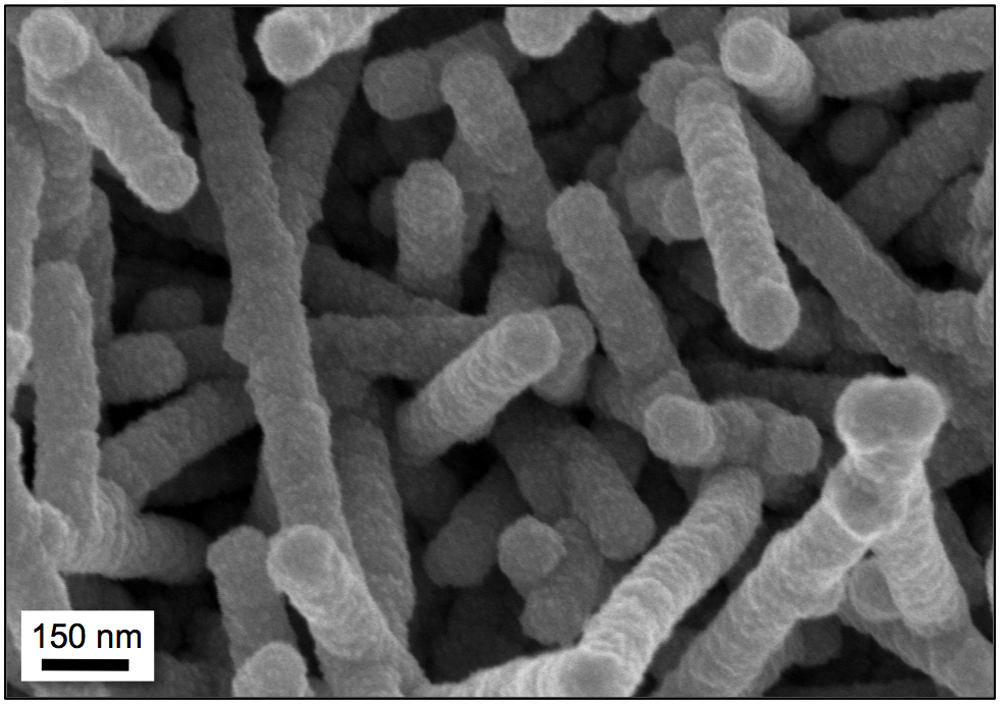
Close-up image of the Drexel University lab's virus-templated nickel nanostructures.
Microstructures
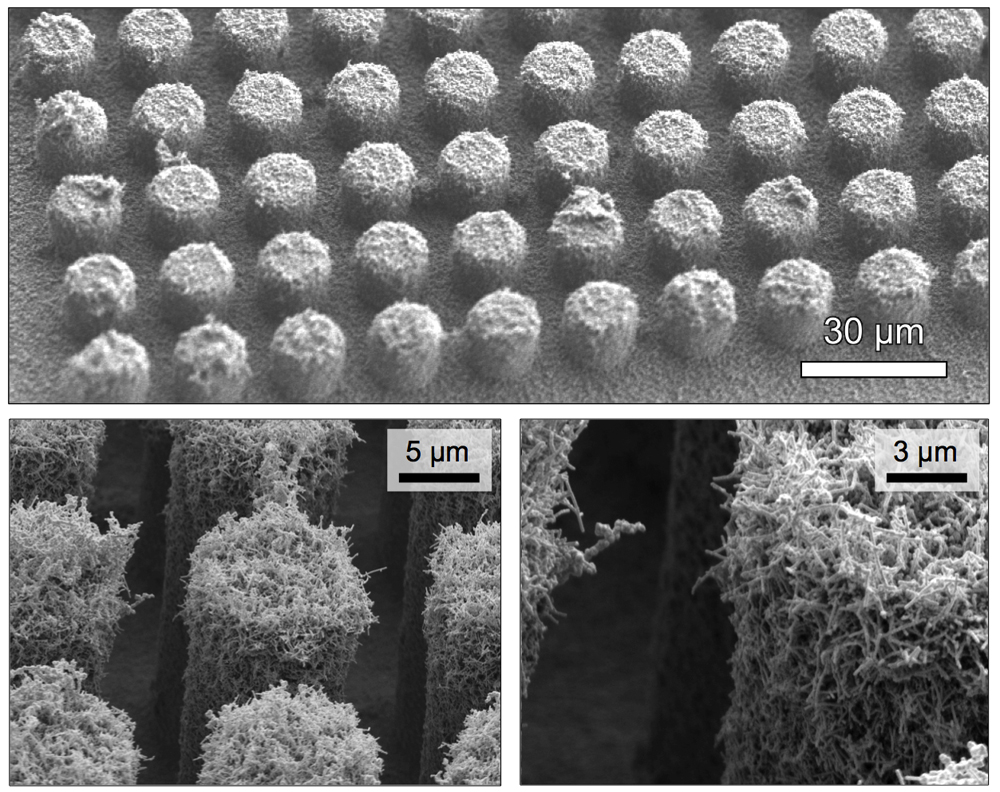
Hierarchical structures comprised of virus-templated nanostructures conformally coating silicon microstructures.
Follow all of the Expert Voices issues and debates — and become part of the discussion — on Facebook, Twitter and Google+. The views expressed are those of the author and do not necessarily reflect the views of the publisher. This version of the article was originally published on Live Science.










